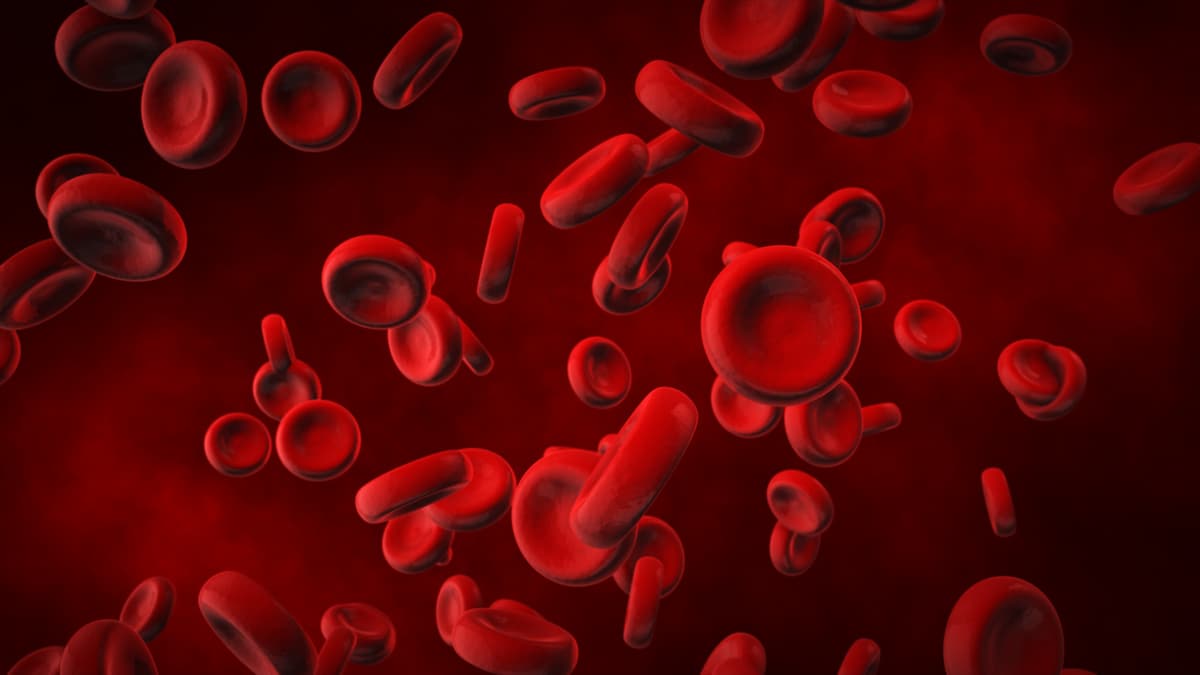FDA Approves Pegcetacoplan Injector for Paroxysmal Nocturnal Hemoglobinuria
Patients with paroxysmal nocturnal hemoglobinuria can now self-administer pegcetacoplan subcutaneously following the FDA’s approval of an injector.
The FDA previously approved pegcetacoplan (Empaveli) as a therapy for adult patients with PNH who are treatment naïve and those switching from treatment with eculizumab (Soliris) and ravulizumab (Ultomiris) in May 2021.

The FDA has granted approval to a pegcetacoplan (Empaveli) self-administration injector for adult patients with pegcetacoplan paroxysmal nocturnal hemoglobinuria (PNH), according to a press release from Apellis Pharmaceuticals.1
PNH is a disease associated with red blood cell destruction, anemia, blood clots, and impaired bone marrow function.2 It is a result of red blood cells becoming defective and destroyed by the immune system due to genetic mutations, which can thereby lead to anemia. Patients diagnosed with this condition are at an increased risk of developing leukemia.3
Developers designed the on-body pegcetacoplan injector to facilitate self-administration of the agent subcutaneously at 20 mL to manage PNH.1 A hidden needle activates with a button press, which retracts after dosing is complete.
“[Pegcetacoplan] continues to demonstrate its potential to elevate the standard of care, including rapid and sustained improvements of PNH disease measures,” Peter Hillmen, MB, ChB, PhD, head rare disease advisor at Apellis, said in the press release. “Now, we are further enhancing the patient experience with the approval of the [pegcetacoplan] injector, an innovative and first-of-its-kind, high-volume injector.”
The C3-targeting agent pegcetacoplan is designed to manage excessive activation of the complement cascade in the body’s immune system, which may result in the onset and progression of diseases including PNH.
The FDA approved pegcetacoplan as a therapy for adult patients with PNH who are treatment naïve and those switching from treatment with eculizumab (Soliris) and ravulizumab (Ultomiris) in May 2021.4 The agency based its approval on data from the phase 3 PEGASUS trial (NCT03500549), in which pegcetacoplan yielded an adjusted mean hemoglobin increase of 3.84 g/dL at week 16 (P <.0001). Additionally, investigators reported that 85% and 15% of patients receiving pegcetacoplan and eculizumab, respectively, were transfusion independent by week 16.
In the PEGASUS trial, patients with PNH were randomly assigned to receive 1080 mg of pegcetacoplan subcutaneously twice a week or every 3 days or treatment with eculizumab. The study’s primary end point was the least squares mean change from baseline to week 16 in hemoglobin level. Secondary end points included percentage of patients who did not require a transfusion, hemoglobin responses in the absence of transfusions, mean changes in haptoglobin levels, and reticulocyte normalization in the absence of transfusions.
Patients 18 years and older with a primary diagnosis of PNH as confirmed by high-sensitivity flow cytometry and hemoglobin levels of more than 10.5 g/dL at screening were eligible for enrollment on the trial. Additional inclusion criteria included having vaccination against Neisseria meningitides A, C, W, Y, and B; willingness to give informed consent; and a body mass index no higher than 35.0 kg/m2.
Those with an active bacterial infection not resolved within 14 weeks of beginning study treatment or a hereditary complement deficiency were not able to enroll on the trial. Other exclusion criteria included having a history of bone marrow transplantation and a history or presence of hypersensitivity to compounds related to pegcetacoplan.
“The approval of the [pegcetacoplan] injector is an exciting advancement. People living with PNH can now receive the benefits of [pegcetacoplan] via on-body treatment administration, allowing for greater mobility. With the [pegcetacoplan] injector, patients can seamlessly integrate [pegcetacoplan] treatment into their daily lives, whether that is at home or on the go,” Carlos de Castro, MD, professor of medicine at Duke University, concluded.1
References
- Apellis announces U.S. FDA approval of the EMPAVELI® Injector, a device to streamline self-administration. News release. Apellis Pharmaceuticals. October 2, 2023. Accessed October 3, 2023. https://bit.ly/3LKw3Se
- FDA approves new treatment for adults with serious rare blood disease. News release. FDA. May 18, 2021. Accessed October 3, 2023. https://bit.ly/3F2QAxS
- MedlinePlus. Paroxysmal nocturnal hemoglobinuria. Updated February 24, 2022. Accessed October 3, 2023. https://bit.ly/3ZGO6P5
- Apellis announces U.S. Food and Drug Administration (FDA) approval of EMPAVELI™ (pegcetacoplan) for adults with paroxysmal nocturnal hemoglobinuria (PNH). News release. Apellis Pharmaceuticals. May 14, 2021. Accessed October 3, 2023. https://bit.ly/46dihjq
Newsletter
Stay up to date on recent advances in the multidisciplinary approach to cancer.